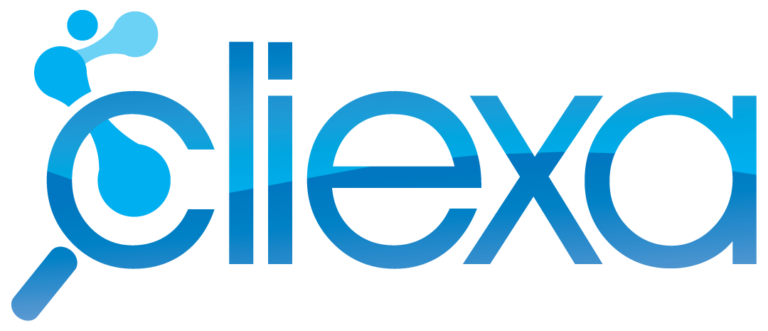Partner Type
Collaboration with the University of Colorado College of Nursing
Challenge
Limited health literacy and language barriers made it difficult for HIV patients to understand their care plans, leading to low treatment adherence and poor clinical outcomes.
Result
Patients using Info Viz for Health® demonstrated significant gains in HIV knowledge, higher CD4 counts, and lower viral loads, along with increased confidence and satisfaction.
Solution Used
cliexaTrac + cliexaProtocols + cliexaConnect
Patients Involved
164
Key Outcomes
The study validated that visual and multilingual communication significantly improves comprehension, engagement, and treatment adherence. Patients in the intervention group demonstrated measurable clinical improvements and reported stronger trust and communication with their care teams.
Clinician and Patient Response
Clinicians reported greater efficiency and easier communication during visits. Patients described feeling more informed, less anxious, and more confident in following their treatment plans.
“Innovation in healthcare begins with communication. When we connect complex clinical data with clear, human-centered design, we empower patients and clinicians to achieve better outcomes together.”
Mehmet Kazgan Founder & CEO, cliexa
Redefining How Patients Understand HIV Treatment
Many people living with HIV struggle to understand their treatment plans, lab results, and the importance of staying consistent with medication. Limited health literacy and language barriers make it difficult for patients to follow complex medical instructions. People are often afraid of what they do not understand, and this fear can lead to hesitation, missed doses, and disengagement from care.
Research shows the impact of this knowledge gap. A meta-analysis found that just 55% of HIV patients in the U.S. achieved high-level (80% or higher) treatment adherence across multiple studies. When patients understand their care, the difference is clear. Higher adherence directly improves the odds of viral suppression (each 10% increase in adherence boosts suppression odds by 37%) and leads to incremental CD4 count gains.
When communication fails, adherence drops and outcomes decline. When it succeeds, patients gain clarity and confidence. Fear is replaced with understanding.
To tackle these challenges, Dr. Samantha Stonbraker and a research team from the University of Colorado College of Nursing partnered with cliexa, a clinical intelligence platform powered by cliexaAI. Together, they developed Info Viz for Health®, an intuitive platform designed to integrate evidence-based infographics into clinical workflows and improve provider-patient communication at the point of care.
The Challenge
Traditional patient education materials often rely on dense text and verbal explanations that are difficult to process, especially for individuals with limited health literacy or English proficiency. Clinicians, working under time pressure, need efficient tools to help explain complex medical concepts without disrupting their workflows.
The research team wanted to design a solution that would bridge these communication gaps, simplify health information, improve patient comprehension, and integrate easily with existing clinical systems.
The Solution
Info Viz for Health®, powered by cliexa, delivers research-based, multilingual infographics at the point of care. The digital tool incorporates interactive features, allowing clinicians to toggle between languages, annotate infographics, and tailor content in real time.
Built on SMART on FHIR standards, the platform integrates directly with Electronic Health Records (EHRs) and allows clinicians to present and annotate visuals during a visit.
Key capabilities include:
- Evidence-based visuals that simplify complex HIV-related information
- Multilingual options in English, Spanish, and Haitian Creole
- Culturally sensitive design that supports trust and engagement
- SMART on FHIR interoperability for secure and seamless EHR integration
The platform helps providers replace text-heavy explanations with intuitive, interactive visuals that give patients a clear understanding of their diagnosis, treatment plan, and progress.
The Research
The study included 164 participants, with 83 assigned to the intervention group utilizing the Info Viz for Health® platform, and 81 in the control group receiving standard care. The findings demonstrated that patients in the intervention group achieved significantly higher gains in HIV-related knowledge over time, compared to the control group.
Key findings:
- Participants using Info Viz for Health® achieved significant gains in HIV-related knowledge
- The intervention group showed higher CD4 counts and lower viral loads over time
- Patients reported greater confidence in self-management, higher satisfaction, and stronger engagement with care teams
The Results
Clinical Impact
- Improved adherence to treatment plans
- Measurable increases in viral suppression and immune recovery
Patient Experience
- Greater confidence in managing HIV and understanding care decisions
- Reduced fear and confusion through visual, multilingual education
Provider Experience
- More efficient and consistent communication during visits
- Seamless integration with existing EHR workflows
The Outcome
The collaboration between the University of Colorado College of Nursing and cliexa shows how research and technology can work together to improve patient understanding.
By translating evidence into simple, visual communication, Info Viz for Health® helps patients replace fear with clarity and confusion with confidence. The result is stronger adherence, better relationships between patients and clinicians, and measurable improvements in health outcomes for people living with HIV.
Looking Ahead
Building on this success, cliexa and its partners are expanding visual communication tools to other chronic conditions, including diabetes, cardiovascular disease, and behavioral health.
These results underscore the potential of visual communication strategies to bridge knowledge gaps, improve treatment adherence, and enhance the overall healthcare experience for patients managing complex chronic conditions.
By leveraging research-backed design, digital health expertise, and seamless integration into clinical settings, this collaboration demonstrates a scalable, evidence-based approach that not only improves patient education and engagement but also lays the groundwork for future applications in other areas of chronic disease management.

